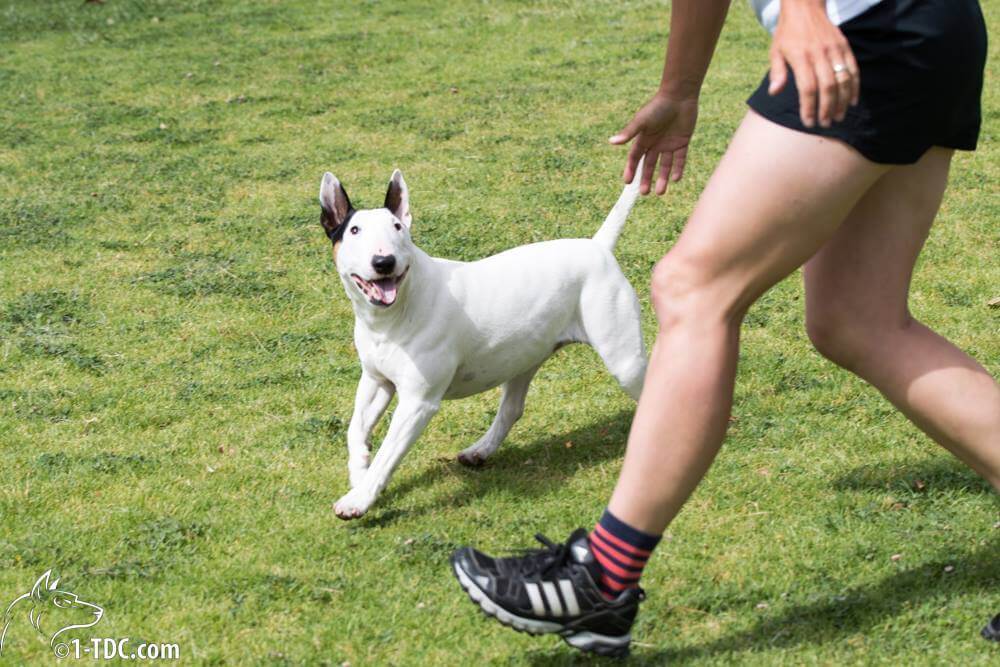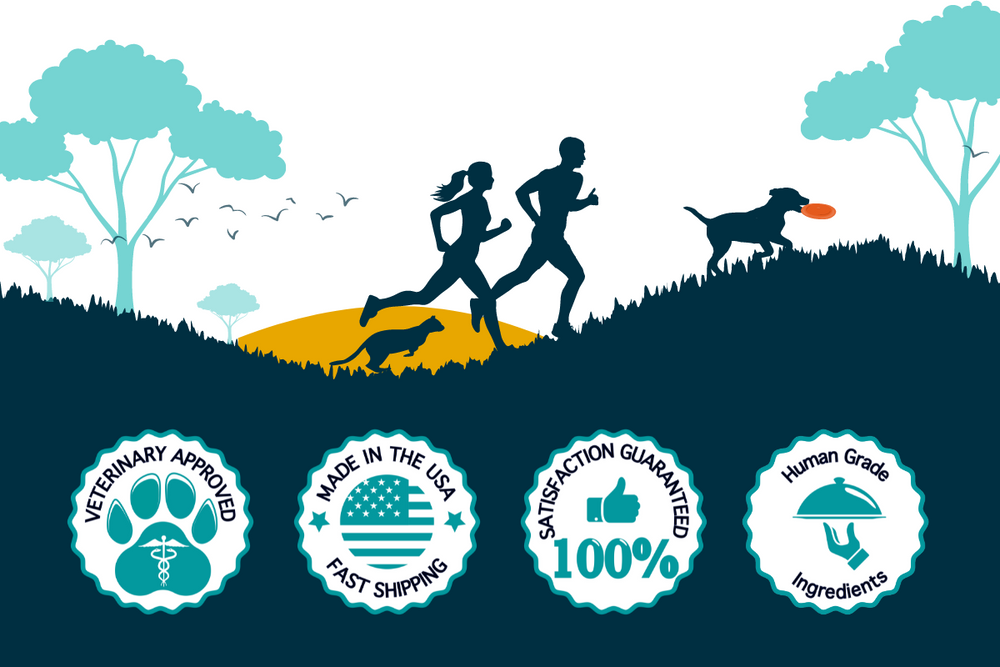Dog Biking For Beginners. A walk doesn't always cut it for certain high-energy dog breeds who view a walk as simply a warm-up. Cycling provides a better workout in a shorter amount of time and allows your dog to run by your side.
Best breeds for biking
The sports is ideal for dogs with plenty of energy such as the Border Collie and Siberian Husky. Smaller, lively dogs such as the Jack Russell Terrier can also make enthusiastic cycling partners. Your dog does not have to be a purebred to enjoy the benefit from biking.
Aside from energy level, age is a factor in determining whether biking is a fitting activity for your pooch. Puppies and juvenile dogs - particularly large or giant breeds - must wait until their musculoskeletal development is complete before running beside a bike because the impact can injure their delicate growing bones and joints.
Generally, this occurs at about the age of two for large dogs and around 18 months for most small and medium dogs. Senior canines who lack enthusiasm for vigorous activity or suffer from degenerative joint diseases such as arthritis will take more pleasure from a gentle walk than a strenuous bike ride. 1TDC™ may help with joint discomfort in aging dogs.
What type of leash do I need?
First, you will want to find a dog-biking leash that works for both you and your canine pal. These devices are different from regular dog walking leashes; they are designed to keep your dog at the side or slightly behind your bike, enabling you to keep both hands on the handlebars and maintain control of the ride. Most of the special leashes also have a mechanism such as a coil spring that absorbs much of the shock if something suddenly catches your dogs' interest and he gives the leash a tug.
There are many dog biking leashes out on the market and which one is best for you and your dog really depends on your needs. Is your dog large or small? Will he trot obediently along beside you or try to chase every leaf that blows across his path? Do you need a leash with a great shock absorption or will a basic dog leash work for you? All of these questions are topics to consider when purchasing a dog-biking leash
Familiarizing your dog with biking
Once you obtain your dog biking leash, give your pooch a chance to become familiar with it. Attach the leash to your bike and let him give it a thorough sniff.
Once he becomes accustomed to seeing the leash on your bike, fasten him to it and take him for a short walk while he is attached to the bike. Since dogs sense people’s emotions, stay relaxed and act as though this walk is just the same as any other walk.
When your dog is comfortable walking beside the bike, get on the bike and start pedaling slowly but steadily, ideally in an area with little car traffic. This will encourage your dog to increase his pace to a fast walk or easy trot. As your dog jogs along beside you, praise him for being such a good cycling partner.
Avoid making any sudden movements that might spook your dog and cause him to fear the bike. If you turn, make it wide. Continue cycling in this way for a short time, perhaps 10 or 15 minutes, and then make your way back 
When you unfasten him from the bike, praise your pooch for being such a good dog. Do not drop your bike or make any harsh clanging noises with it that might jar your dog. This simple routine—a walk to warm up, a trot alongside the bike, and then a walk to cool down—is the basis of your dog biking program. As you both become more familiar with biking, you can go for longer rides but do it gradually and take a day off to rest between rides. Remember that your bike allows you to cruise along without much effort; your dog, on the other hand, cannot coast. He must work to keep up with you on the bike so you need to pedal at a pace that is comfortable for him.
For most of the ride, pedal at a speed that enables your dog to travel at a fast walk or leisurely trot—this is likely a fair bit slower than you are used to pedaling so mind that your speed doesn’t creep up. Keep an eye on your dog at all times to ensure he is jogging along without any strain or struggle.
If your dog shows any sign of tiredness or lack of enthusiasm—his head drops down, he begins to pant heavily, he starts to drag his paws—stop pedaling, get off the bike and walk for awhile. Stop from time to time to give him a chance to take a sniff or sip some water.
When and where to start your bike rides
If you start your dog-biking program in the summer, go early in the morning or late in the evening when it is cool since it is easy for your dog to overheat. Choose paw-friendly surfaces to ride on such as an old dirt road, grassy field or earthen bike path—a dark asphalt road can become quite toasty on sizzling summer days and scorch your dog’s pads. Explore quiet residential areas with little motor vehicle traffic instead of congested, smoggy streets.
Working as a team
As you and your dog get more accustomed to biking, you can start training him in directional commands. For example, when you want to slow down, say “easy” while gently applying the brakes and then say “whoa” as you come to a complete stop.
As your dog learns what you want him to do, he will become more confident and you will work together as a team. This can be one of the most rewarding aspects of biking with your dog.
Source Article from Modern Dog
1-TDC Oral Health + Mobility Support for Dogs

$32.00
Keep your pet Happy, Active & Comfortable from Head-to-Tail with 1-TDC. This unique supplement is SO effective that it is recommended by TOP Veterinary Experts worldwide to maintain and improve your pet’s health in 4 important areas: Oral Health….… read more











